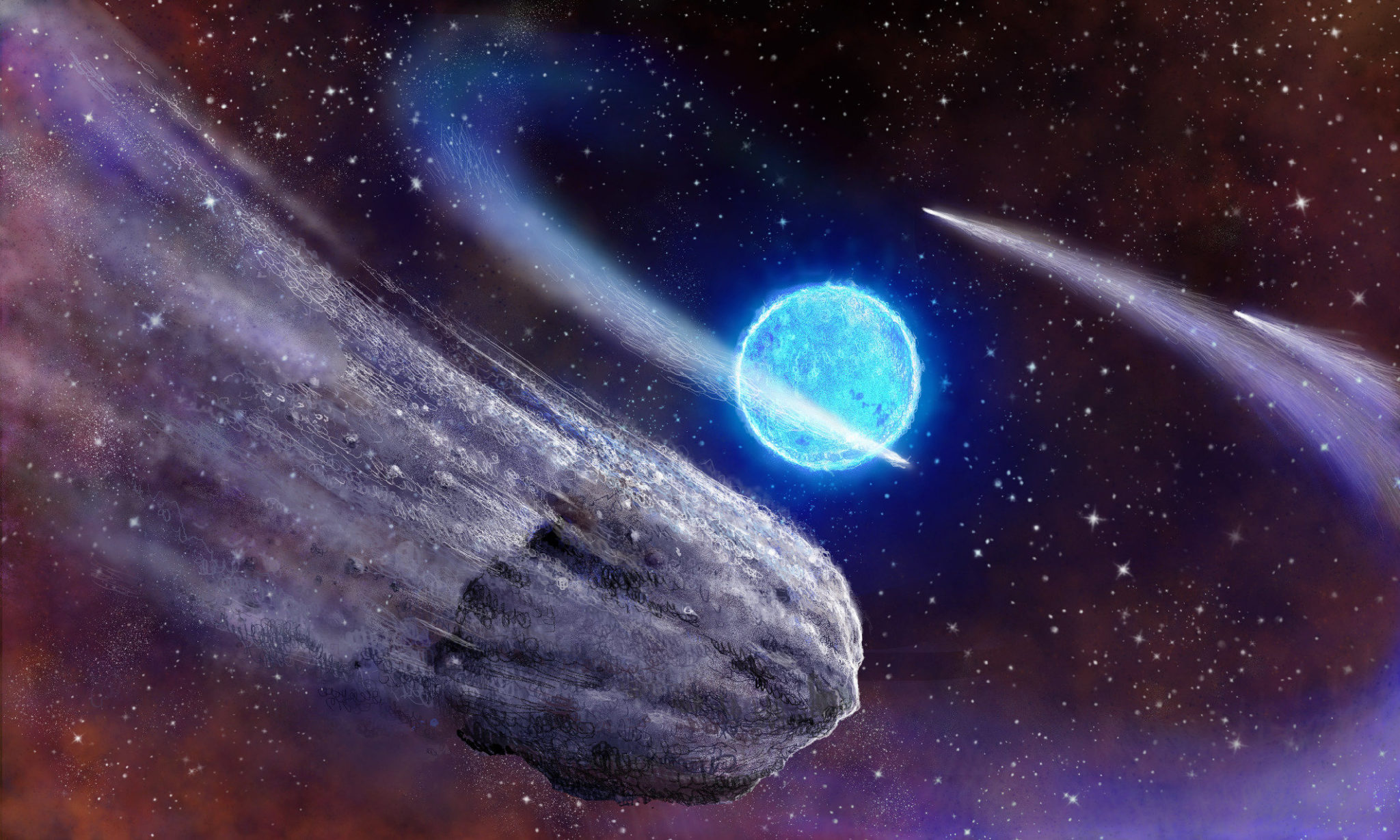Astronomers Recently Discovered a Planet with a Tail and They Think That it’s Actually a Comet

There’s no doubt that comets and planets are totally different things. Planets are powerful enough to support themselves in the Solar System; we can say that they have self-gravity capacity thanks to their round-ball shape. Comets, on the other hand, are irregular items made of rock and ice with a characteristic “tail” made of gas and they appear near the Sun.
So far, astronomers didn’t think that they could ever see a planet with a tail, but these days they were amazed by an unexpected finding. Scientists working at the Instituto de Astrofísica de Canarias (IAC) situated in the Canary Islands discovered a giant exoplanet that made them reconsider everything they knew so far.
WASP-69b dazzles astronomers, but it also gives them the hint to start deeper research
The comet-like planet is called WASP-69b. Its particularity is given by the strange tail made out of helium particles. Ever since it was discovered, it became study material for a research that had its results published in the Science journal on December 6th this year.
Lisa Nortman, a scientist working at IAC declared that this mysterious planet is the first celestial item which brings a helium tail in their attention. However, they knew that if helium particles are part of a planet, they could spread and form a comet-like tail. Now they finally got to see an actual image of this theory.
Scientists noticed that the helium particles from WASP-69b’s tail are forced by the ultraviolet radiation’s pressure to escape throughout the planet’s atmosphere. Thus, a tail is formed behind the planet. Other studies show that WASP-69b is situated at 163 light-years from the sun and it is almost as big Jupiter.
In this case, we are talking about a giant gas planet with a tail. The conclusion is that comets are not the only galactic items with tails; planets can have this addition too.
0 comments